reviewed by Truman Perkins
In addition to purifying our atmosphere, plants contain essential amino acids and proteins, Lectins and their consumption is beneficial for human beings.
For plants to manufacture crucial elements for our survival, they require an efficient environment according to that particular plant.
After the roots sprout, they take up water and minerals from the ground, and the leaves take up carbon dioxide from the air, making it clean and fresh for us while making their food, that is, glucose and starch.
1. Canavalia ensiformis
2. Lens culinaris
3. Galanthus nivalis
4. Ricinus communis
5. Vicia villosa
6. Wheat
7. Sambucus nigra
8. Amur Maackia
To plant a garden is to believe in tomorrow. Especially when the plants are incredibly advantageous for every living being on this planet, be it humans, birds, or animals. Here is a brief description of Lectine Plants listed above:

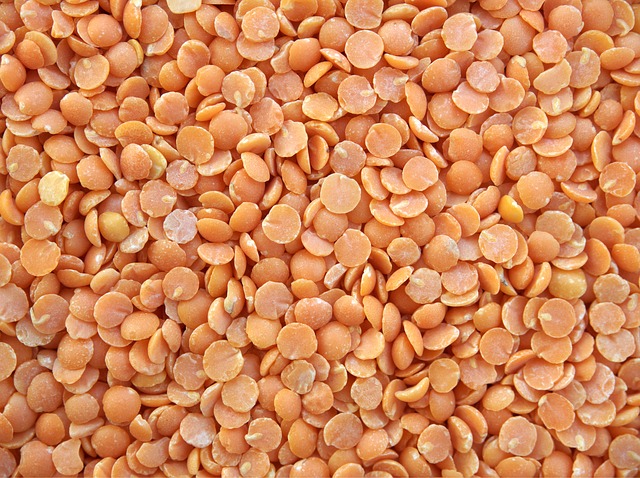
The jack bean legume plant is the one that contains lectins. It is a perennial climbing plant that is grown as an annual. It is used in conservation agriculture.
Also, it is frequently utilized to improve the soil. It also fixes the atmospheric nitrogen content. Its significant hazard is posed by mature seeds that contain some poisonous alkaloids. However, thoroughly boiling the seeds twice in saltwater gets us rid of the poison.
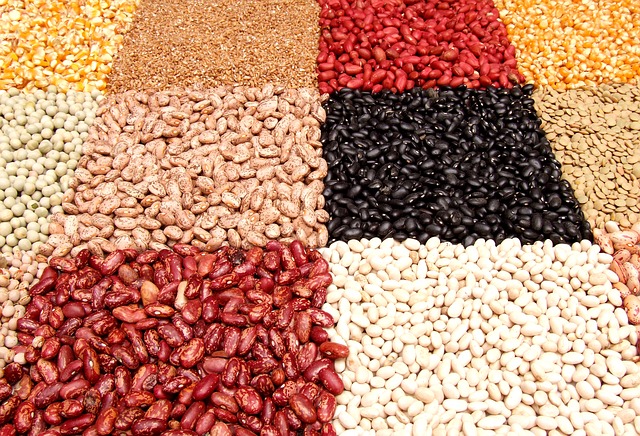
Another edible legume plant is Lens culinaris, the Lentil plant. India and Canada mostly produce it. It is the most ancient pulse crop dating back to 11000 BC in ancient Greece. It is safe to consume, and no known hazards are present. The seeds of this legume are a staple for many regions and are used in soups and stews.
The Snowdrop or scientific Galanthus nivalis are also rich in lectins. These are small bulbs hardly reaching 1 foot. They grow in sweeping white drifts covering the soil thoroughly.
They can cause skin irritations, which is why it's better to wear gloves while handling them.
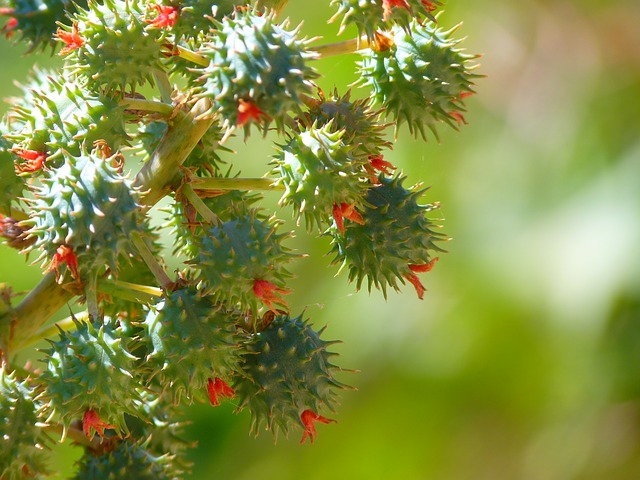
Another well-known perennial flowering plant, Ricinus communis or Castor Oil plant is rich in lectins. That is why it is not recommended to consume in more substantial quantities; otherwise, toxicity will ensue.
Castor oil is extracted from seeds; however, the seeds can be poisonous. The plant should not be planted where children play as seed capsules can be stripped from the plant, removing the toxic seeds. Hypersensitivity reactions occur in contact with the plant.

The legumes have a higher content of lectins, as is in Vicia villosa. It is also known as Fodder Vetch, Hairy Vetch, or Winter Vetch. It is used as a companion plant by the farmers for tomatoes as an alternative to rotating crops.
It is used as a winter cover crop and in no-till farming in the United States. A disadvantage of the plant is that it has a hard seed, and it can break up early in the season.
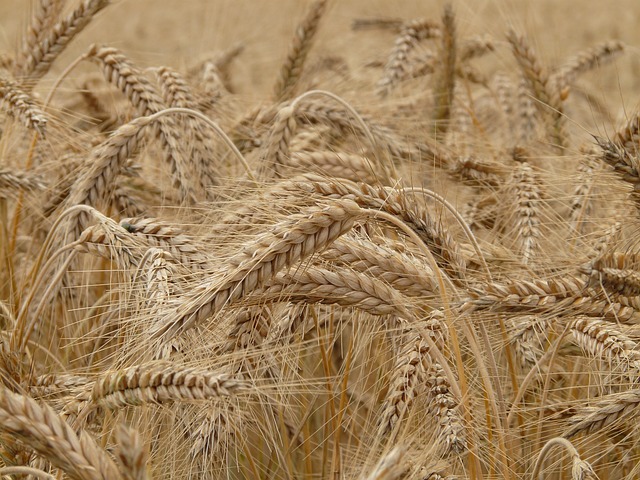
Another plant containing lectin is Wheat. It is a staple in most regions of the world. It is cultivated on a greater land area than any other crop.
It contains about 13% proteins, more significant than any other cereal crop in the world. Wheat is a rich source of protein, phosphorus, niacin, vitamin B, and dietary minerals.
Billions of people around the globe eat it. However, the gluten content in wheat can trigger celiac disease. Also, wheat allergy can occur in some people.
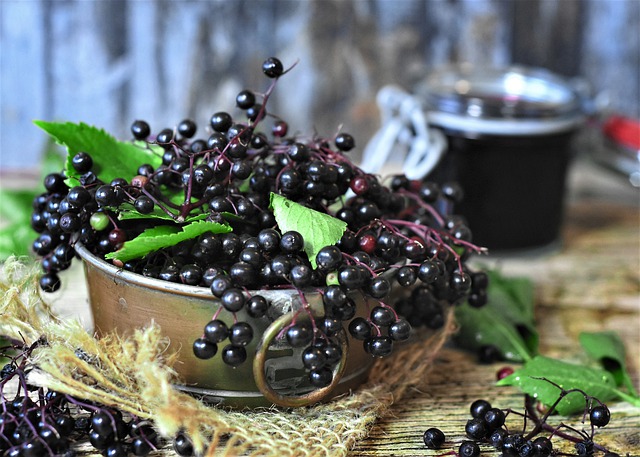
Sambucus nigra is another flowering plant species that contain lectins. It is also known as elderberry, black elder, and European elder.
It is a small shrub tree with leaves in opposite pairs. The hermaphrodite flowers are arranged in corymbs at the branches.
The fruit is a black or deep purple berry that is poisonous in its raw state. The plant is widely used in homoeopathic medicine for treating bronchitis, fevers, RTIs, and the common cold.
The last but not the least on the list that contains lectins is Amur Maackia. It is widely used in landscaping for its accent and shade together with its silvery color in the spring season.
Almost all plants contain protein, and 14% of all calories that come from plants are protein in nature. Plants manufacture these proteins from the amino acids in the fertilizers we add to the soil and from the carbon, oxygen, and hydrogen in the air.
These proteins are then stored in vegetative cells, for Santana's growth and development.
One of these proteins is Lectins.
These proteins bind to carbohydrates and are highly specific. Lectins are involved in recognition phenomena at the cellular and molecular level. On the same front, lectins help viruses and bacteria bind to their target, which makes them harmful for consumption and plants.
However, some lectins are fruitful too. For example, CLEC11A enhances bone growth. Purified lectins are used in medicine for blood typing.
9 Hallucinogenic Plants found in the Indian Subcontinent
How to Grow Insulin Plant in your Garden?
Top 20 indoor plants that give off the most oxygen
10 Plants that give Oxygen at Night {24 Hour Oxygen}
 |
 |
 |
 |

About Truman Perkins
Truman Perkins is a Detroit-based SEO consultant who's been in the business for over a decade. He got his start helping friends and clients get their websites off the ground, and he continues to do so today. In his free time, Truman enjoys learning and writing about gardening - something he believes is a natural stress reliever. He lives with his wife, Jenny, and their twins in Detroit.
 |
 |
 |
 |
Get new FREE Gifts. Or latest free growing e-books from our latest works.
Disable Ad block to reveal all the links. Once done, hit a button below
 |
 |
 |
 |